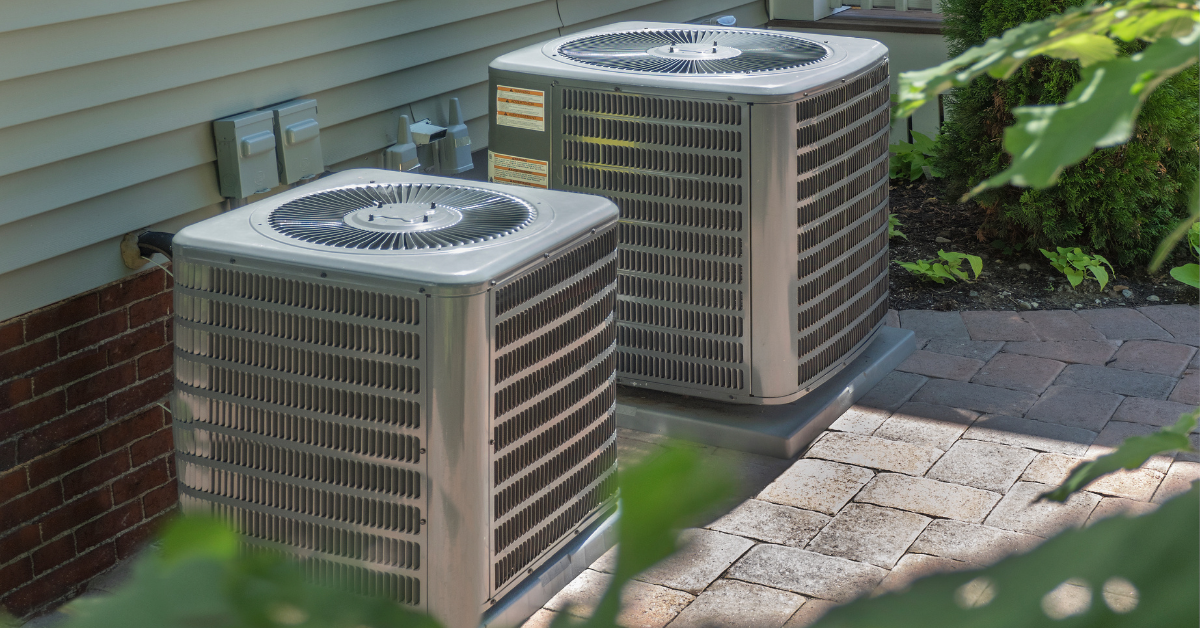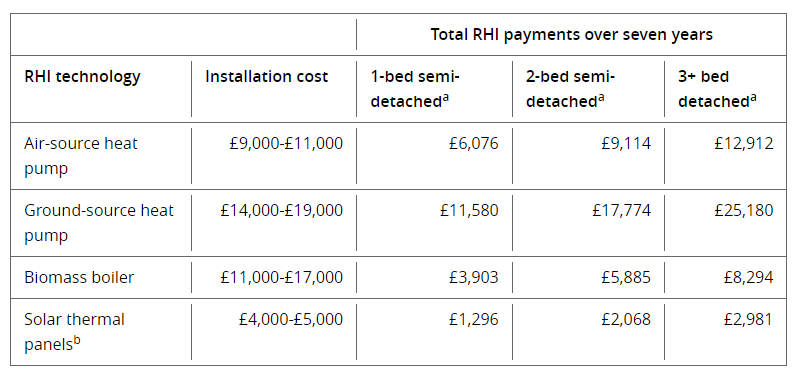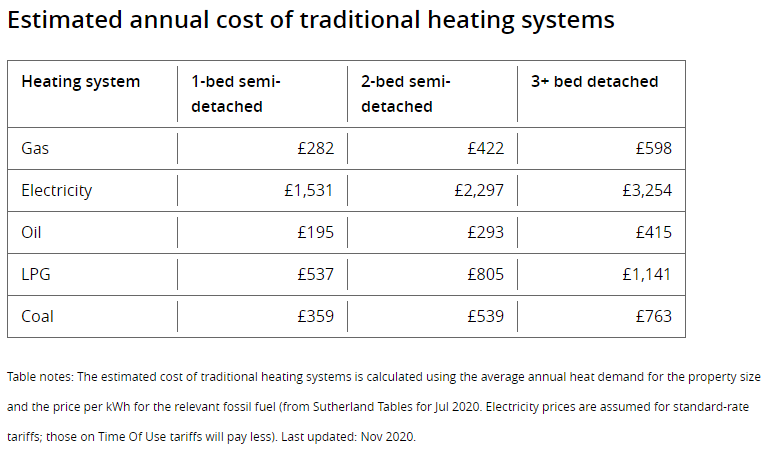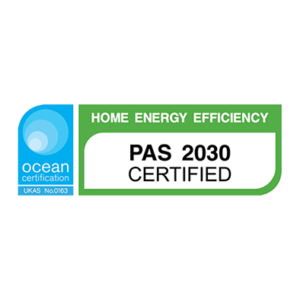Air Source
Heat pumps have been around for decades and isn’t a new technology. Air source heat pumps take energy from the air (even if the outside air temperate is low) and uses it to heat the water in your central heating system.
Air source heat pumps sit outside your home and are connected to your current central heating system. This would replace your current gas heating system with heat from the heat pump thus eliminating the need to burn fossil fuels and removing carbon emissions associated with the use of fossil fuels.
Air source heat pumps are a long-lasting and low-maintenance form of heating. Future-proof your home today with this modern form of heating. By 2025 the government has stated that new gas boilers will not be able to be installed in new build properties.

Ground Source
Ground source heat pumps work differently, they utilise the relatively constant temperature underground by a series of water pipes known as a ground loop. These absorb the naturally occurring heat underground by pumping a mixture of water and anti-freeze around them.
This mixture is then compressed and is processed through a heat exchanger which extracts the heat and transfers it to the heat pump. This heat is then transferred to your home’s central heating system.
Ground source heat pumps require a large garden for install and the amount of space needed for the ground loop will depend on the size of your property and how much heat you require to heat your home.
Funding
There is financial aid available for the installation of heat pumps. This funding takes the form of the newly announced £5,000 grants towards the cost of a new heat pump. As well as the RHI Scheme (Renewable Heat Incentive). This scheme pays out a fixed amount per year over the course of 7 years which can, in some cases cover the cost of the install of a new heat pump.
The amount you earn from the RHI Scheme will depend on the size of your property and the type of heat pump you are having installed, whether it is a ground source or air source heat pump.














